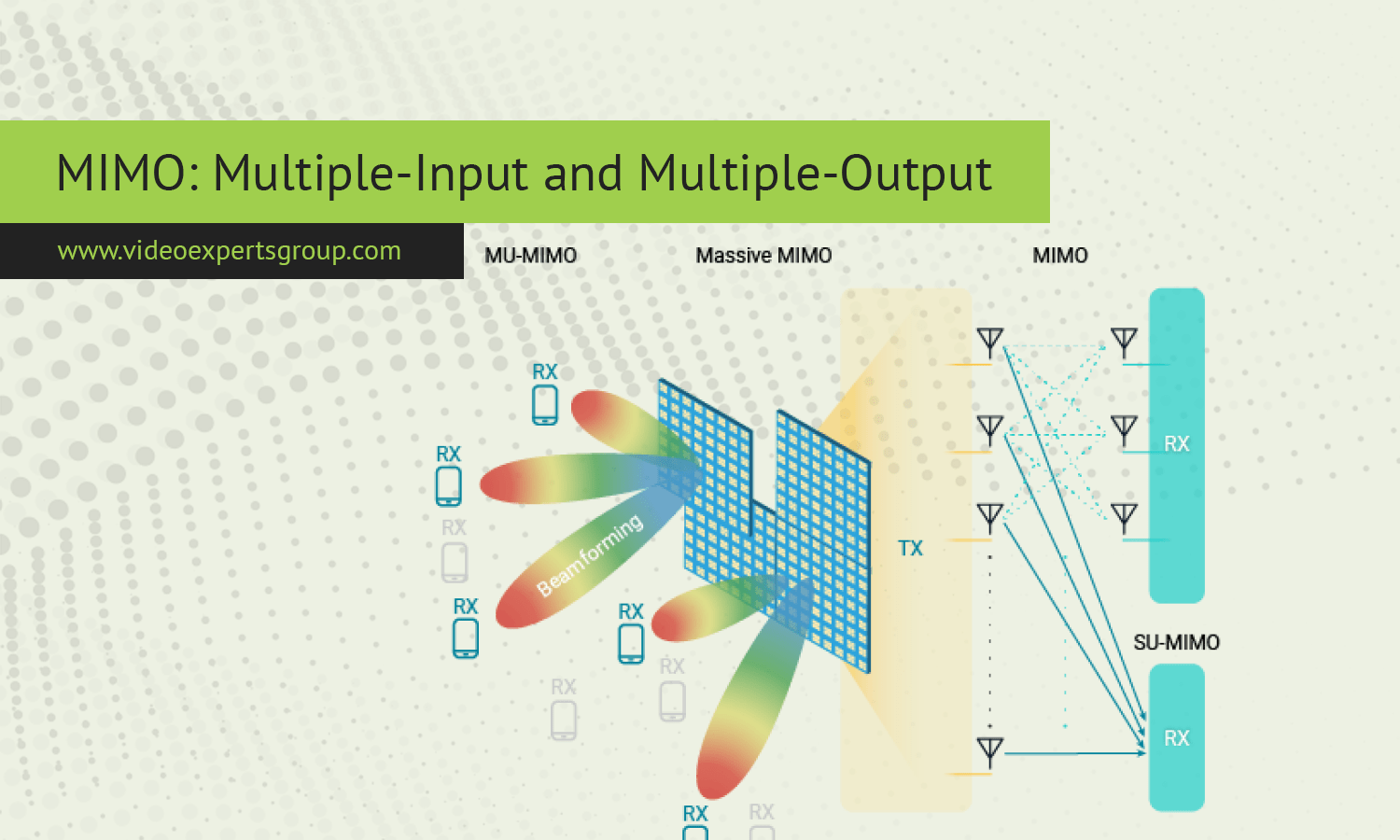In modern wireless communication, the need for faster speeds and more reliable connections has led to innovative technologies. One such breakthrough is MIMO, or Multiple-Input and Multiple-Output. This technology has become essential in delivering higher data throughput, improved signal quality, and enhanced reliability in various wireless systems, including Wi-Fi, cellular networks, and even modern smart devices. In simple terms, MIMO allows multiple antennas to be used at both the transmitter and receiver ends of a communication link, enabling it to send and receive more data simultaneously.
Meaning
MIMO stands for Multiple-Input and Multiple-Output, referring to the use of multiple antennas at both the transmitting and receiving sides of a wireless communication system. Each antenna can transmit or receive independent data streams, which improves the efficiency and capacity of data transfer. Essentially, MIMO enables a system to use multiple communication paths to transmit more information in the same bandwidth, significantly improving overall network performance.
The technology relies on the principle that wireless signals take multiple paths to reach their destination due to reflections, refractions, and diffractions from objects such as buildings and walls. MIMO capitalizes on this multipath propagation by using multiple antennas to handle these different signal paths, combining them in a way that increases throughput and reduces errors.
Forms
MIMO technology can take on different forms, depending on the number of antennas and the way signals are processed. The most common forms of MIMO include:
-
SISO (Single-Input Single-Output): This is the traditional communication method where one antenna is used at the transmitter and one at the receiver. It is not technically MIMO but serves as a baseline comparison.
-
SIMO (Single-Input Multiple-Output): In this form, one antenna is used at the transmitter, while multiple antennas are used at the receiver. It can improve signal reception quality but doesn't increase data throughput significantly.
-
MISO (Multiple-Input Single-Output): Here, multiple antennas are used at the transmitter, and one antenna is at the receiver. This setup can improve the transmission range and reduce the likelihood of signal loss.
-
Full MIMO (Multiple-Input Multiple-Output): The full MIMO setup uses multiple antennas at both the transmitter and receiver, enabling the highest possible data transfer rates and improved reliability through spatial multiplexing.
-
Massive MIMO: This is an advanced form of MIMO, typically used in 5G networks, where a large number of antennas (dozens or even hundreds) are used at the base station. Massive MIMO can handle many more users simultaneously, increasing capacity and efficiency.
Applications
MIMO technology is widely used in various wireless communication systems due to its ability to enhance performance. Some common applications include:
-
Wi-Fi Networks: Modern Wi-Fi standards like 802.11n, 802.11ac, and Wi-Fi 6 use MIMO technology to improve speed, range, and reliability. MIMO allows multiple users to access the network without significantly slowing down performance.
-
Cellular Networks: MIMO is crucial in 4G LTE and 5G networks, where it enhances data speeds and network capacity. With massive MIMO in 5G, operators can support more devices on the same network while offering faster speeds and lower latency.
-
Smart Devices: Smartphones, tablets, and laptops often come equipped with MIMO antennas to take advantage of faster wireless connections. This results in better video streaming, faster downloads, and smoother video calls.
-
Fixed Wireless Communication: MIMO is used in fixed wireless systems to provide broadband internet to rural areas where laying physical cables is expensive or impractical.
-
Satellite Communication and IoT: MIMO is being explored in satellite communication to improve the data transfer rates and reliability of signals. It's also used in IoT systems where multiple devices need to communicate efficiently in crowded environments.
Advantages and Disadvantages
Advantages:
-
Higher Data Rates: One of the biggest benefits of MIMO is its ability to significantly increase data transfer rates. By using multiple antennas, MIMO can transmit more data simultaneously, making it ideal for bandwidth-intensive applications like video streaming and online gaming.
-
Improved Reliability: MIMO improves signal reliability by reducing the likelihood of signal fading or interference. It does this by utilizing multiple signal paths, allowing the system to recover lost or corrupted data.
-
Better Range: MIMO can extend the coverage range of a network by improving signal strength at the receiver, which is especially useful in areas with many physical obstructions or in rural settings.
-
Efficient Use of Spectrum: MIMO makes more efficient use of the available spectrum by transmitting different data streams over the same frequency, effectively increasing the capacity of the wireless communication channel.
Disadvantages:
-
Complexity: Implementing MIMO systems can be technically challenging and more expensive due to the need for multiple antennas and sophisticated signal processing algorithms.
-
Power Consumption: MIMO systems, especially massive MIMO, require more power to operate due to the additional antennas and signal processing hardware, which can reduce battery life in mobile devices.
-
Interference Issues: In environments with too many MIMO devices, interference between signals can occur, reducing the effectiveness of the technology.
-
Cost: The additional antennas and processing capabilities required for MIMO systems can increase the cost of both network infrastructure and consumer devices.
FAQ
MIMO has revolutionized wireless communication by providing faster, more reliable connections, especially in crowded environments. As the demand for higher data rates and more connected devices grows, MIMO will continue to play a crucial role in the evolution of networks like 5G and beyond.
















